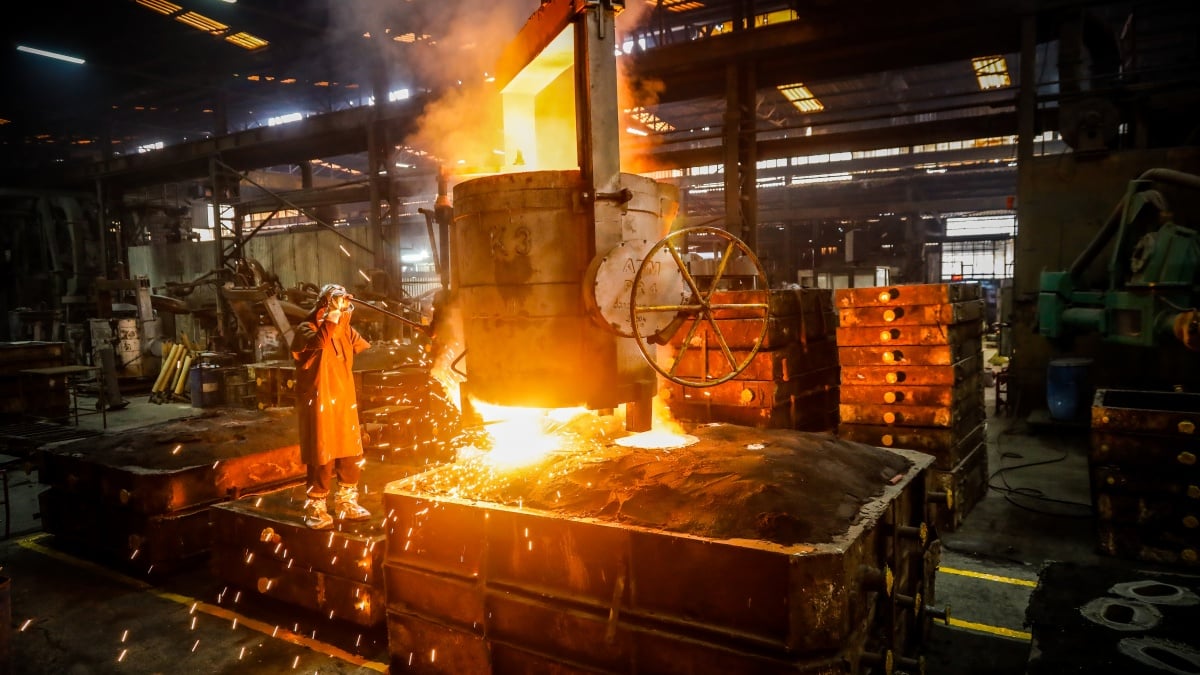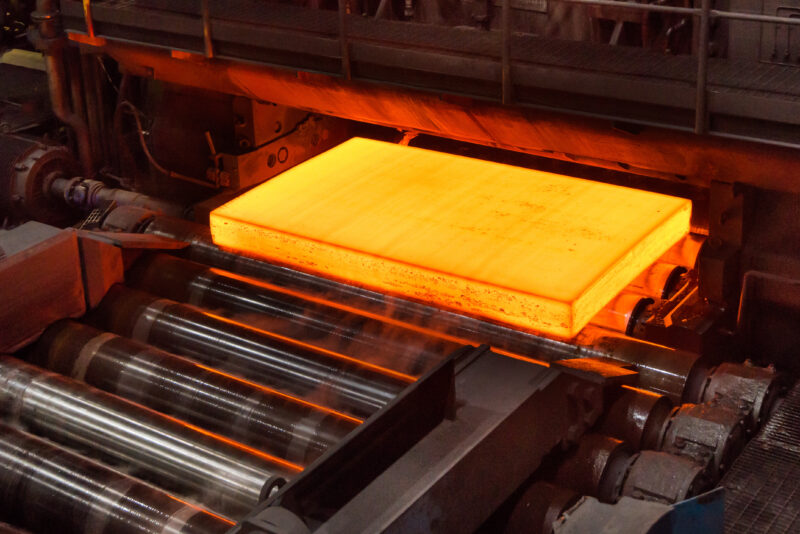The automotive industry is one of the most innovative and rapidly changing industries in modern times. As automakers strive to create more efficient, safer, and sustainable vehicles, steel casting plays a vital role in achieving these goals. Steel casting has enabled manufacturers to produce lighter components that are both strong and reliable without compromising on performance or safety standards.
By leveraging advances in materials science and manufacturing technology, steel castings have allowed carmakers to develop new designs while reducing material costs and environmental impact. This article will explore the importance of steel casting for the automotive industry as well as its potential to shape the future of transportation.
Innovations in Steel Casting Technology and its Impact on the Auto Industry
The automotive industry has seen a number of innovative advances in steel casting technology over the past decade, allowing for more efficient and cost-effective production. As with any advancement in technology, it is important to consider its impact on the auto industry as a whole. From improvements in fuel efficiency to increased strength of components, advancements in steel casting have allowed manufacturers to create cars that are safer and more reliable than ever before.
One particular area where advancements have been particularly impressive is die-casting technology. This process uses high pressure to inject molten metal into cast molds at precise temperatures, creating parts that are both strong and lightweight. By using this method when producing engine blocks or internal components like connecting rods and pistons, automakers can now build cars that perform better while also saving on manufacturing costs.
Another major benefit of innovations in steel casting technologies is improved safety standards for vehicles on the road today. By utilizing methods such as vacuum molding or gas counterpressure casting, car makers can ensure that their products meet stringent safety regulations without sacrificing performance or design integrity—allowing them to remain competitive within an increasingly crowded market space.
Additionally, these techniques help reduce wear and tear on vehicle components by providing greater resistance against corrosion and wear caused by exposure to extreme temperatures or environmental elements like water or dust particles. Innovations in steel casting technology have certainly had a positive effect on the automotive industry overall but they will continue to be developed further going forward as manufacturers strive towards achieving higher levels of efficiency while maintaining strict quality control standards across their product lines
Addressing Challenges Faced by the Automotive Industry with Steel Casting Solutions

The automotive industry is facing daunting challenges as it strives to stay ahead of the competition in a rapidly changing landscape. Steel casting solutions can help address these challenges, allowing for increased efficiency, cost savings, and improved product performance. Steel castings offer greater strength and durability than other materials, making them an ideal choice for automotive applications where reliability and longevity are key considerations.
Furthermore, steel castings provide excellent dimensional accuracy with fine surface finishes that meet stringent requirements for appearance and performance. But beyond their inherent technical advantages, steel casting solutions can also bring about significant operational benefits like fast turnaround times on prototyping or reduced tooling costs during production runs. This allows manufacturers to quickly respond to customer demands while keeping their operation agile yet highly efficient at the same time.
Lastly, advanced computer modeling capabilities have enabled designers to create complex geometries with intricate details that would otherwise be difficult or impossible using traditional manufacturing methods such as machining or forging – perfect for creating parts that improve vehicle performance while reducing weight. In conclusion, steel casting solutions provide powerful tools for addressing the many challenges faced by today’s automotive industry – from superior strength and flexibility over other materials through rapid prototyping possibilities all the way down to intricate design options made possible through modern computer modeling technologies. Thanks to its versatility and affordability, there is no doubt that this technology will play an increasingly important role in driving innovation across all aspects of modern car design well into the future
Conclusion
Steel Casting plays an important role in driving the future of the automotive industry. From body parts to engines, steel casting is used for a variety of components that make up modern cars and trucks. Its strength, accuracy, and affordability are just a few reasons why this material has become so popular among auto manufacturers.
Steel casting provides vehicles with greater durability and performance on roads and highways around the world, making it an essential component for advancing transportation technology into the 21st century.


